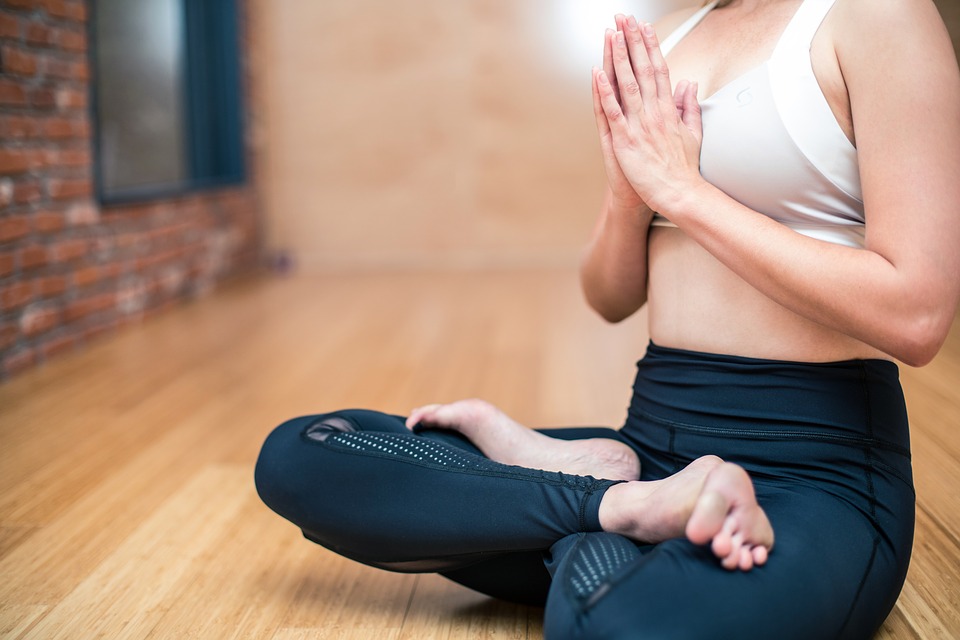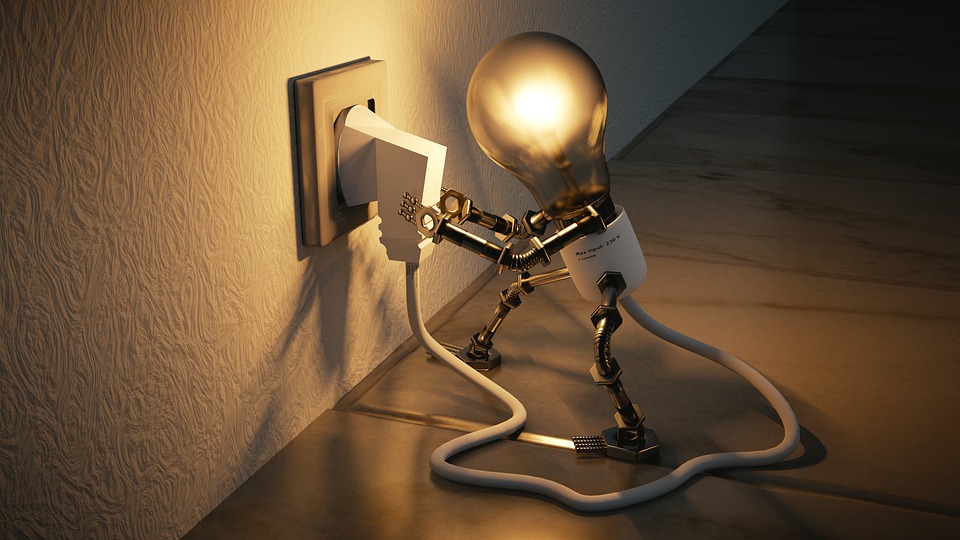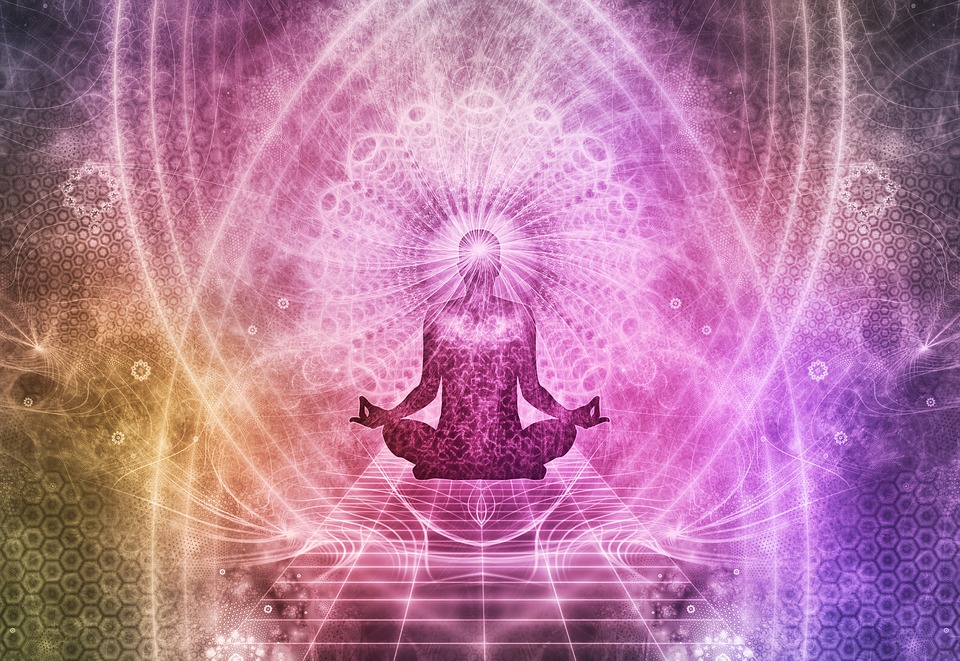

Creating a soothing space in your home designated to quiet time and meditation will help you to feel calm and focused in your practice. Our homes are a carefully curated collection of dedicated spaces, so if meditation is part of your daily routine or you’d like it to be then allocating a space for it makes complete sense.
It’s easy to make excuses for not doing something because we don’t think we have the room, or there are too many distractions, but actually carving out a sanctuary, no matter how small will encourage you to keep up your practice, and soothe your soul every time you enter that space. It is possible to meditate anywhere, it does help to have a go-to spot in the home, especially if you are new to the practice. Creating a designated space at home that is calm and free from distractions can really help the mind settle down and stay focused. Plus, if you regularly meditate in the same place you will begin to infuse that corner of your home with a calm energy. By simply stepping onto your mat before you even begin your practice, you will find you start to breathe deeper just through association.
There are no hard and fast rules about how to create a meditation space at home. A good starting point for creating the perfect meditation space is simply thinking about what feels good to you. Then let yourself be guided by what nourishes your senses. Assuming you are in your home, choose the room you feel the most relaxed or undisturbed in.
Ways to create a meditation space in your home:

• Choose soothing coloursIt is a very modest space decorated in chalky whites and earthy tones with only a few accessories in natural materials like linen, wood and wicker. The walls are deliberately kept bare and the floor has a seamless finish that flows through the entire space.
Prior to a session the room is ‘dressed’ in candle light, warming blankets, mattresses, eye pillows and cushions, making it feel very peaceful and cocooning. Consider which colours promote relaxation and security in you. While many will find pale, neutral shades are the most calming, but others may feel more cocooned, safe and at ease within a darker palette.

• Add soft furnishings for comfortComfort is a priority, so some large cushions, sheepskins, mats and blankets are essential. If it’s not possible to have these laid out permanently, store them in a natural basket and keep them on display. Tucking them away in a cupboard may lead to them being ‘out of sight, out of mind’.

• Create soft lighting for relaxationAs humans, light is incredibly important to our mood, so think about what kind of light makes you feel able to focus best. Natural light is wonderful, and you may want to choose a space which faces the sun – depending on your schedule – to take advantage of beautiful dawn or dusk light. Or, if you prefer dimmed light, then opt for a space with curtains and use candles as your light source. Other than lighting your space, candles, along with incense, aromatherapy oils and smudge sticks, add new layers to your practice.

• Make scent a part of your ritualScent, particularly essential oils, assists relaxation, while burning sage or other herbs can help to cleanse the space. these additions as a valuable step in preparing your mind: There will be elements of your meditation set up that can actually form part of your practice.
The ritual of lighting a candle, rolling out the mat, or burning some sage becomes the signifier that you are about to sit in stillness, and turn your attention inward. These small acts of preparing the space for meditation help to get your mind and body ready for the practice too.

• Connect with natureAdding a plant or two will improve air quality, as well as connecting you to the natural world, while making the space more inviting.

• Personalize your mediation spaceWithout succumbing to clutter, you can make the space more personal if there are items you feel help to ground you in your practice. Crystals, a singing bowl or mala beads are often used to assist meditation, but only add these to your space if they help you to connect inwardly.
• Cut out background noises If you live in a city, or there is a lot of background noise in the house, then playing some soothing music can help to diffuse distractions. People have different sensitivities, some are more sensitive to noise, others to visual distractions or kinaesthetic sensations. With this in mind, remember that your meditation space is personal, so use your intuition to inspire what makes it feel right for you.
Don’t be afraid to try things out until you find a sense of peace and clarity that allows you to connect deeply with yourself. Look inward, then reflect this onto the space that will support and nourish your body and mind.


Leave a Reply